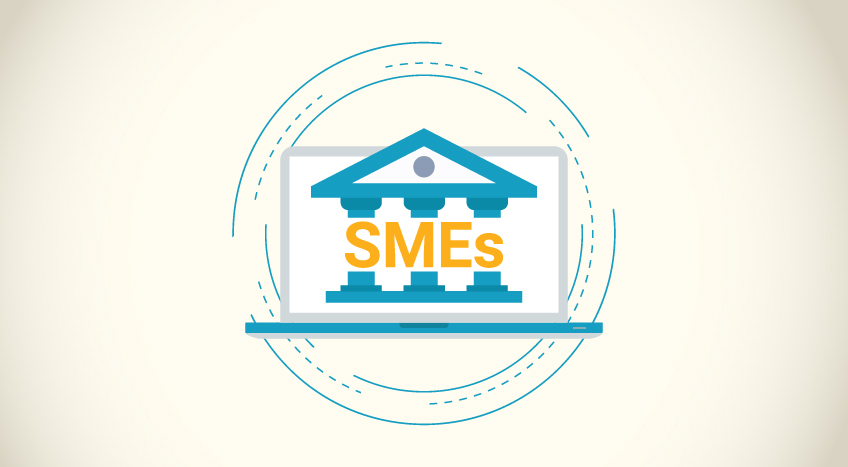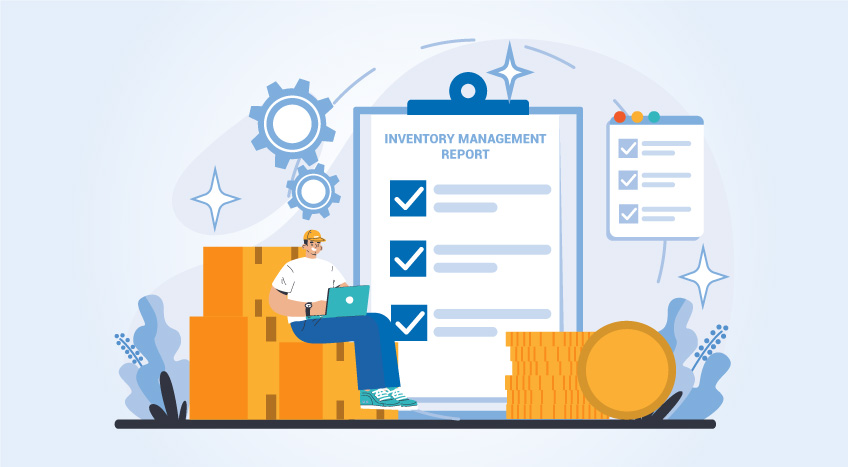- Why does a company need to maintain multiple price levels?
- Ways to set the right pricing
- How TallyPrime helps maintain multiple price levels
Why does a company need to maintain multiple price levels?
Pricing may be the second most important aspect of your business, second to product quality, but it is key to business success in the short and long term.
You cater to a range of customers on a daily basis - from wholesalers to retail customers. Naturally, when you are setting prices for these customer categories, you will use multiple pricing levels because of your different relationship with each customer type.
A business cannot do with a one-price-for-all approach because it is full of flaws. Would a wholesaler be willing to pay the same price as a retail customer? Will a loyal customer be willing to pay the same price as a new customer? All these questions point to why you must think through your pricing levels for various categories according to their purchase habits and what they are willing to pay you. Multiple price levels will enable you to satisfy every customer by offering your products at prices they cannot refuse, thereby improving your business, increasing profits, attracting more customers, and maintaining good relationships with all customers.
|
Ways To Increase Your Cash Flow
|
What Is Cash Management, And How Can It Benefit My Business? |
Ways to set the right pricing
Setting the price at the sweet spot is difficult but possible.
Factor in all associated costs
If your prices are lower than the costs incurred to get to the finished product, your business will be closed before you know it. Factoring in all costs associated because, without it, you will be making mistakes that can be impossible to rectify later on. Some examples of costs you need to consider before setting the product prices are product materials, insurance, rent, wages (including those of your own), transportation, software, shipping, and handling.
You should also think of what can affect the supply of materials and a decrease in demand. Do you have a seasonal business? Do you rely on commodities to build the finished product? Will the costs fluctuate constantly, which will result in price fluctuations? If the answer is yes to any of these questions, you need to be sensitive to how you price your products to cover your costs, even when demand is lower or when the commodity price rises.
Planning is crucial, and you want to think of the costs at that time as well. A business might dry up, and you should be prepared to cover the costs with the profits you make during the peak season. It is not possible to always have sufficient cash ready, especially if you are a budding business, but having funds set aside is helpful as it can save you on a rainy day. Powerful business management software like TallyPrime helps you maintain multi-price levels to help you cater to all types of customers.
Analyze your competitor's pricing
While pricing your product, you need to consider the product pricing of your competitors. You want to stand out from your competitors, so your customers choose you, and pricing is a big part of that. You don’t want to be the brand that sells the lowest-priced products in the category because people will doubt your reliability, but you want to take some inspiration from your competitors when it comes to pricing.
You will need to be abreast with the latest price-related trends in your industry to ensure you price your products just right. In some industries, the price levels remain pretty constant, so a particular pricing strategy will work. In other industries, the pricing levels have to be changed regularly, and you have to use a variety of strategies to be profitable.
Keep a tab on your customer's pulse
Your customers are the reason you are still in business, and so it makes sense that you want to think about their sensitivity towards price changes. You can create questionnaires for your current customers if you have a good customer base to understand what they value and how pricing affects them. You can use third-party software to reveal shopping trends, understand customer sentiment, and see how price changes affected their shopping habits.
Additionally, market research opens a world of opportunities because you get clearer about how to price your products. For the group that is not so sensitive to price increases, you can tweak the price to be higher than for those who are ultra-sensitive to price changes. Doing so puts you in the driver’s seat as you can control price changes while keeping your customers happy and without sacrificing your profits along the way. It is vital to understand the various customer segments, their likes, and their dislikes, and then price your products according to them because they will be the ones who will keep your business running.
Use different pricing strategies
A pricing strategy you choose will guide your pricing, and the right one depends on the type of product you are selling and the current market conditions. You cannot stick to one strategy at all times, as your pricing will vary due to several reasons. You shouldn’t be afraid of changing the pricing strategy you use because it is what every successful business does! You want to be careful how and when you change your pricing, though, because frequent pricing changes can frustrate customers, and they may tend to greener pastures, i.e., your competitors.
This is true, particularly for online stores where pricing is king. Pricing is based on value here, and if customers don’t feel your product is worth the extra bucks, they will go elsewhere without a second thought. And chances are, they will get what they need. But if you learn the art of pricing correctly, your customers are going nowhere. The key is to determine the best pricing strategy and then test it. Then monitor how your customers are responding to the price changes and then change it when necessary. It is difficult to predict what can impact your customers, so intelligence software can be of value if you are serious about pricing it perfectly every time.
The common pricing strategies are as follows.
Competitive pricing
Competitive pricing is when you price relative to your competitors, either close to the competitor’s price or someone close. This is best for start-ups and small businesses. It is simple to implement and can be used in conjunction with other pricing strategies. However, it is a short-term solution, as always relying on your competitors won’t be fruitful at all times.
Dynamic pricing
A highly flexible pricing strategy relies on the buyer and depends on supply and demand. It is suitable for MSMEs who want to increase sales and improve profits. It reveals customer demand and allows you to set pricing accordingly. However, there is a risk of price wars, and customers can get tired of constantly changing prices.
Value-pricing
This is solely based on the value that your customer places on your products and services. It is best for subscription-based companies and can improve customer loyalty. It can ensure high-profit margins and improve the value of your offerings. The problem with this strategy is it requires extensive market research and can require you to maintain the best quality, which can cost more.
Penetration pricing
This pricing strategy is best for businesses that want to increase their reach while initially offering products at a lower price than competitors. It is useful for businesses that want to build loyalty quickly, get their product the attention it deserves, and increase short-term sales. The downsides are it can cause price wars, creates low-price expectations, and can negatively impact your brand image.
How TallyPrime helps maintain multiple price levels
TallyPrime enables every business to manage multiple pricing levels for all their products. You can assign names to the price levels for clarity from your end and then assign a price list that is unique to each category. For example, you can have separate price lists for retailers, wholesalers, and customers. You can also base the price lists on discounts and quantities for each category. TallyPrime offers flexibility and automation because once you set the price lists and assign them to the categories, they are automatically applied when you select the category. This makes invoice generation simple and fast.
Explore More Products










